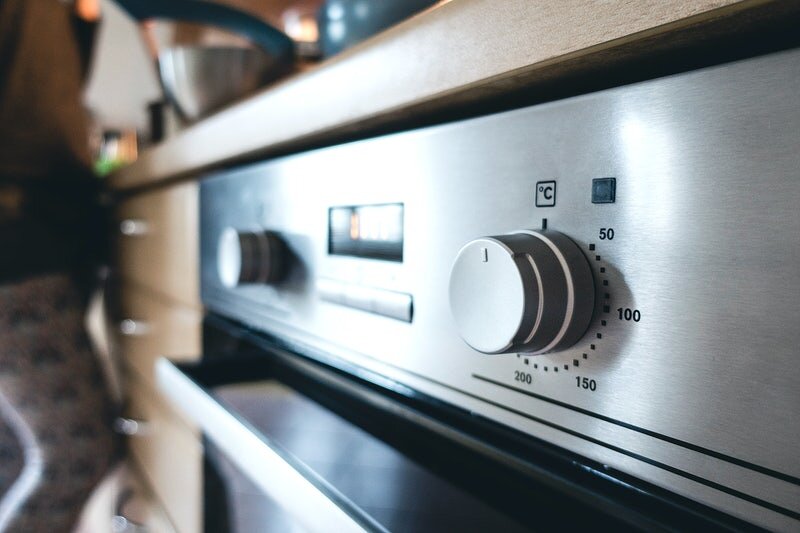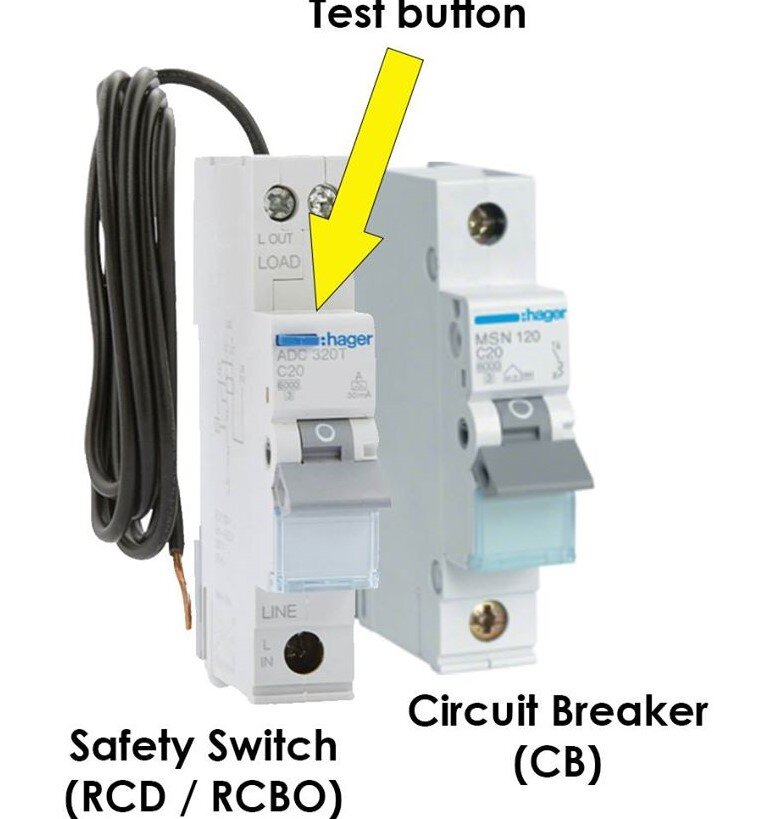Useful hints, tips and tricks
It’s all about colour
Choosing the right colour light matters and is one of the most asked questions we get as wording and definitions change between different manufacturers. You may wish to have the lighting in your loungeroom feel warmer in contrast to the kitchen where more light is needed. Similar to the bathroom makeup mirror however you would want that lighting to be as close to the lighting outdoors to apply make-up accordingly.
Hot water service
Did you know that water heating can make up over half of your energy bill? By adjusting the temperature on your hot water service you can save money on your bill. The ideal temperature is 68 degress which is enough to kill off most common bacteria.
Pre-heating your oven
The vast majority of us believe that the higher we turn up the temperature on the oven the faster that it will heat up. Ovens are made up of elements which are either on or off depending on the thermastat. Always pre-heat your oven to the desired cooking temperature as to avoid residues in the oven burning and creating smoke which can trigger smoke detectors.
LED replacement globes
Not all LED’s are built the same as testing can confirm. Certain GU10 & MR16 (GU5.3) LED lamps that replace old 35w halogen lamps emit high amounts of RFI (radio frequecy interference). This 5w LED replacement lamp pictured, in particular, measured a maximum RFI emission within the 30-300 MHz range regardless of the driver type used. This specific product has been reported by users to completely cut out digital TV and radio reception even affecting neighbouring houses.
Safety Switches/RCD’s
Did you know that as little as 40 milliamps can cause muscles to contract and 60mA can cause death? Residual Current Devices offer a level of protection that ordinary fuses and circuit breakers cannot provide. RCD’s are designed to protect against electrocution by limiting the amount of current that may travel through a person to 30mA. Homes built after 1990 must have RCDs installed on power circuits and homes built after 2000 must have RCDs on light circuits as well. Test your RCD periodically by pressing the test button, if it doesn't turn off or won't turn back on, it is faulty and may not operate in the event of a fault.
Food safety during blackouts
If you’ve determined that your power outage is not confined to just yourself and your area is in a blackout there are a few steps that should be taken to ensure your safety. First, note the time that the power went off. Turn off appliances, especially anything involving heating (you don't want your oven or iron coming back on if you're not home when the power returns). Keep a single light turned on (so you know when the power has returned). Avoid food poisoning by: minimising the opening and closing of your fridge/freezer. Be cautious of foods with "use by" dates (things like deli meats and dairy products like soft cheeses) as they are more susceptible to the growth of food-poisoning bacteria. When the power returns any food that has been between 5-60C: for less than two hours — refrigerate or use immediately, longer than two hours but less than four hours — use immediately & four hours or longer — must be thrown out (and that also applies if you can't be sure). Frozen foods can stay frozen in the freezer for a couple of days.
Smoke detectors
Battery operated smoke detectors have evolved! Battery powered wireless photoelectric smoke alarms now come with lithium batteries that last more than 10 years and are fully compliant with all national codes and local building regulations. These detectors can link wirelessly together so that when one sounds, whether upstairs or from the other side of the house, all detectors linked will sound alerting everyone in the house simultaneously.
Surge Arrestors
Surge arrestors can provide a layer of protection for valuable industrial equipment or home electrical items against basic overvoltages. Surge arrestors can help protect installations from overvoltage transients - such as indirect lightning strikes and switching operations in the power supply that may cause hazardous voltages to occur. These are highly recommended for high lightning areas however no piece of equipment will protect in the event of a direct lightning strike where voltages, at ground level, can be in excess of 10,000,000 volts.
How to: read analogue meters
It can be easy to make mistakes when reading an old analogue meter. If you suspect your bill is wrong you can check the readings yourself, here’s how. Firstly ignore the dial marked 1/10 as it is only for calibration. Each dial revolves in a different direction from the one next to it, eg anti-clockwise, then clockwise. Read the dials left to right. Write down the number the pointer has just passed, eg if it is between 6 and 7, write down 6 and if the pointer is near a number, underline that number. If any of the underlined numbers are followed by an 8 or 9, reduce the previous underlined number by one. So the 4 in the diagram is actually a 3. The meter reading in the diagram reads: 63399kWh









